The difference in price between the Nikon Z5 and Nikon Z6 II is substantial, even though both are full-frame mirrorless cameras with a lot of similarities. Is the Nikon Z6 II worth the extra money? This comparison explains everything you need to know to make your decision.
Let’s start by looking at the construction of the two cameras. As you can see, the front looks almost exactly the same, other than the name plates and a different texture on the right-hand side of the cameras:
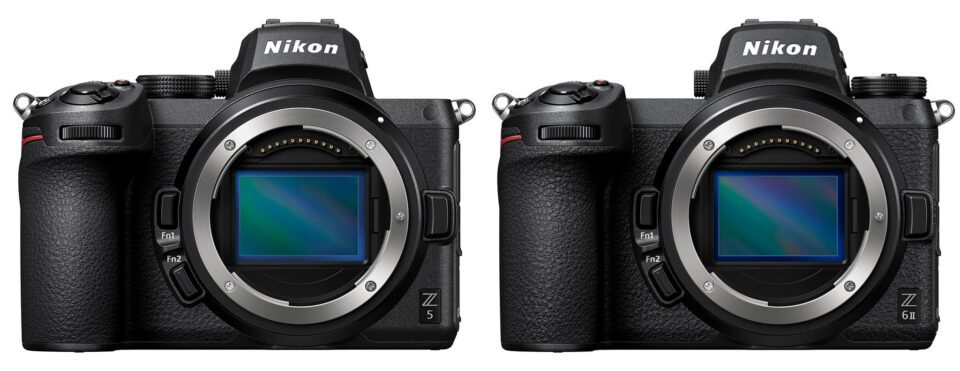
The back panel has no differences at all (Z5 on the left and Z6 II on the right):
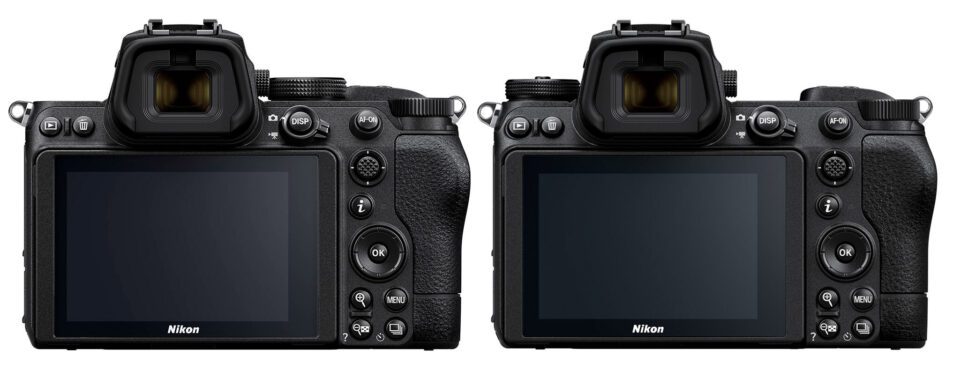
On the top of the cameras, you can see the only significant difference in construction between the Nikon Z5 and Z6 II. The Z5 doesn’t have a top LCD panel, while the Z6 II does (again, Z5 on the left and Z6 II on the right):
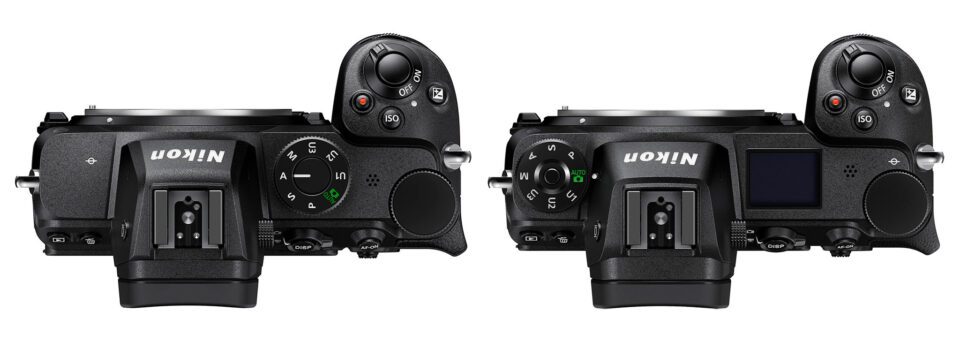
While the top LCD is nice to have, most photographers probably wouldn’t consider it essential. Instead, it’s the other features and specifications that matter most when choosing between the Z5 and Z6 II. So, let’s take a look at those next.
Nikon Z5 and Z6 II Specifications
| Camera Feature | Nikon Z5 | Nikon Z6 II |
|---|---|---|
| Announced | July 21, 2020 | October 14, 2020 |
| Sensor Resolution | 24.3 MP | 24.5 MP |
| Low-Pass Filter | Yes | Yes |
| Sensor Type | CMOS | BSI CMOS |
| In-Body Image Stabilization | Yes, 5-axis | Yes, 5-axis |
| Sensor Size | 35.9 × 23.9mm | 35.9 × 23.9 mm |
| Image Size | 6016 × 4016 | 6048 × 4024 |
| Pixel Size | 5.9 µm | 5.9 µm |
| Native ISO Sensitivity | ISO 100-51,200 | ISO 100-51,200 |
| Image Processor | EXPEED 6 | Dual EXPEED 6 |
| Viewfinder | Electronic / EVF | Electronic / EVF |
| Viewfinder Type / Resolution | OLED / 3.69 Million Dots | OLED / 3.69 Million Dots |
| Viewfinder Coverage | 100% | 100% |
| Viewfinder Magnification | 0.80× | 0.80× |
| Built-in Flash | No | No |
| Flash Sync Speed | 1/200 | 1/200 |
| Storage Media | 2× SD UHS II | 1× CFexpress / 1× SD UHS-II |
| Max Continuous Shooting Speed | 4.5 FPS | 14 FPS |
| Shutter Speed Range | 1/8000 to 30 seconds | 1/8000 to 900 seconds |
| Electronic Front-Curtain Shutter | Yes | Yes |
| Exposure Metering Sensor | TTL metering using camera image sensor | TTL metering using camera image sensor |
| Autofocus System | Hybrid PDAF | Hybrid PDAF |
| Focus Points | 273 | 273 |
| Eye AF | Yes | Yes |
| Eye AF in Wide Area AF | No | Yes |
| Autofocus Detection Range (f/2 Lens, ISO 100) | -2 to +19 EV (-3.5 to +19 EV with low-light AF) | -4.5 to +19 EV (-6 to +19 EV with low-light AF) |
| Video Maximum Resolution | 4K @ up to 30p, 1080p @ up to 60p | 4K @ up to 60p, 1080p @ up to 120p |
| 4K Video Crop Factor | 1.7× | 1.0× (24p and 30p), 1.5× (60p) |
| HDMI Out / LOG | 4:2:2 10-bit HDMI Output / Yes | 4:2:2 10-bit HDMI Output / Yes |
| HLG / HDR Out | No | Yes |
| Eye AF in Video | No | Yes |
| Articulating LCD | Yes, Tilt Only | Yes, Tilt Only |
| Touchscreen | Yes | Yes |
| LCD Size | 3.2″ Diagonal LCD | 3.2″ Diagonal LCD |
| LCD Resolution | 1,040,000 dots | 2,100,000 dots |
| Simultaneous Intervalometer + Timelapse Movie | Yes | Yes |
| Firmware Update via Snapbridge | No | Yes |
| Continuous External Power | Yes | Yes |
| Built-in GPS | No | No |
| Wi-Fi / Bluetooth | Yes / Yes | Yes / Yes |
| Battery | EN-EL15c | EN-EL15c |
| Battery Life (CIPA) | 390 shots | 340 shots |
| Max Battery Life (Rear LCD Only; Energy Saver On) | 470 shots | 450 shots |
| Video Battery Life | 115 min | 100 min |
| Battery Grip | MB-N10; no vertical controls | MB-N11; has vertical controls |
| Weather Sealed Body | Yes | Yes |
| USB Version | Type-C 3.1 | Type-C 3.1 |
| Weight with Battery and Card | 675 g (1.49 lbs) | 705 g (1.55 lbs) |
| Dimensions (L×H×D); Depth Excludes Protruding Viewfinder | 134 × 101 × 70 mm (5.3 × 4.0 × 2.8 in.) | 134 × 101 × 70 mm (5.3 × 4.0 × 2.8 in.) |
| MSRP As Introduced | $1400 | $2000 |
| Lowest Price Seen | $1000 (check current price) | $2000 (check current price) |
The Nikon Z5 and Z6 II clearly have some differences despite their similar exteriors. The Z6 II is more advanced overall, with a newer sensor design, faster FPS shooting, better low-light autofocus, and various other benefits. In terms of features, the Z5 only wins out in battery life and weight, and not by much in either case. But the Z5 has perhaps the biggest advantage of all: price.
Depending on the sales that Nikon has at any given moment, the Z5 can be as low as $1000 (which it is at the time I’m publishing this article), compared to the Z6 II’s usual price of $2000. Even when the Z5 isn’t on sale, it’s still several hundred dollars cheaper than the Z6 II.
Are the differences worth that much? Let’s go through them individually to see.
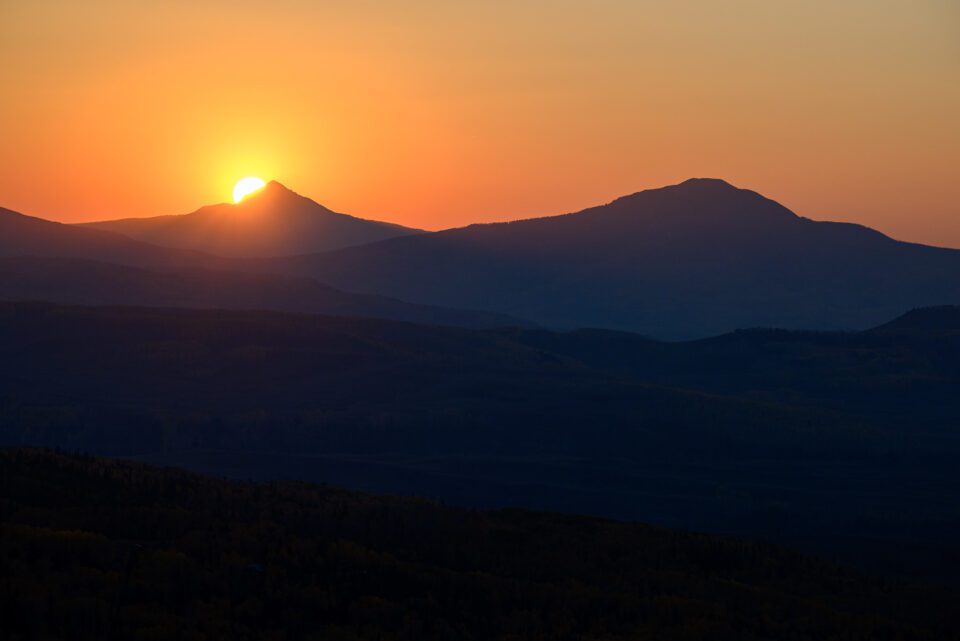
First, there’s the difference in sensors. While both cameras have a 24 megapixel sensor, the one found on the Z6 II is Nikon’s newer design (borrowed from cameras like the Nikon Z6 and Nikon D780), while the one on the Z5 is a bit older (borrowed from the one on the Nikon D750). As you’ll see in a moment, this means there is a bit of a high ISO advantage to the Z6 II over the Z5.
Then there’s the different processors: EXPEED 6 on the Z5, and Dual EXPEED 6 on the Z6 II. The larger processing capacity on the Nikon Z6 II allows it to shoot 14 FPS stills and 60p slow-motion 4K video, compared to 4.5 FPS stills and 30p 4K video on the Z5.
The focusing system on the Nikon Z6 II also has some noticeable improvements over that of the Z5, including better low-light focusing and the addition of eye-tracking autofocus in wide-area AF mode. The Z5 is hardly bad in these areas – it still focuses in dark conditions and has Eye AF in the Auto Area mode – but the Z6 II does have the advantage.
Two other useful benefits of the Nikon Z6 II are the extended shutter speeds (up to 900 seconds in manual mode) and the substantially better external battery grip. The extended shutter speeds are very convenient for long-exposure photography, although the Z5 still has Time and Bulb exposure modes if you need to shoot beyond 30 seconds. As for the battery grip, one of the biggest complaints I see about the Nikon Z5, Z6, and Z7 is that the compatible MB-N10 battery grip had no vertical controls. Rather than being a serious grip, it’s more like a glorified (and expensive) battery. By comparison, the Z6 II is compatible with the MB-N11 grip, which has full vertical controls.
Other than that, most of the differences between the two cameras are pretty small. The Z6 II has a higher resolution LCD; the Z5 has slightly better battery life. The Z6 II can perform firmware updates over Snapbridge; the Z5 weighs a bit less. They’re just trading blows here and there, as most cameras tend to do.
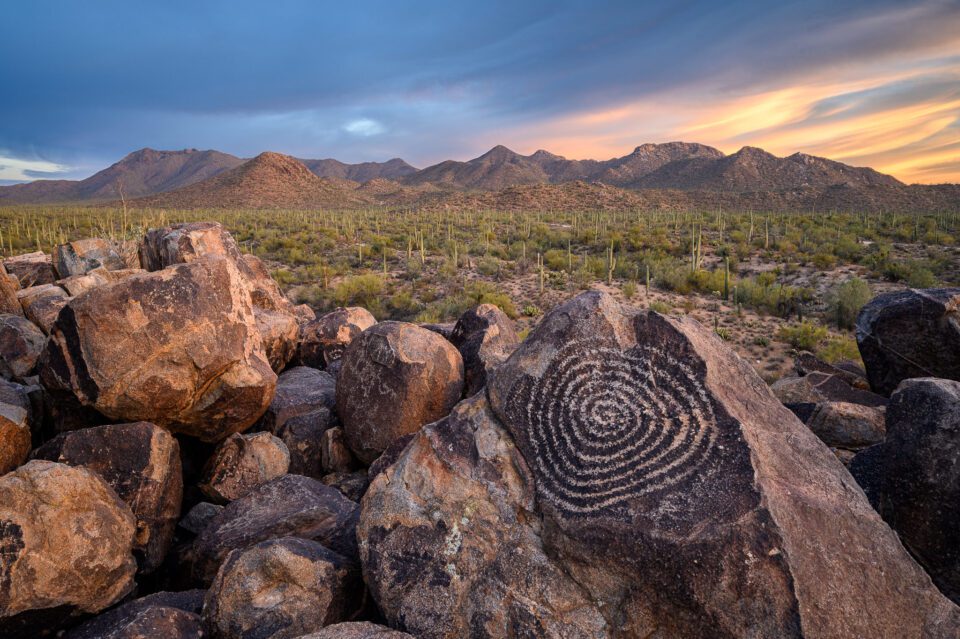
Before getting into my recommendations, let’s take a look at the Nikon Z5 versus Z6 II in terms of high ISO performance.
High ISO Comparisons
At the lower ISOs, it’s impossible to see any difference in image quality between the Nikon Z5 and Z6 II. So, let’s start by looking at ISO 1600. These are 100% crops from both sensors. The Z5 is on the left, and the Z6 II is on the right. Click to see larger:

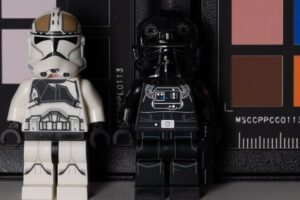
The two images look the same to me so far. Let’s take a look at ISO 3200 instead:


Once again, I see no differences in ISO performance here. Both sensors look quite good considering that these are 100% crops. How about ISO 6400?

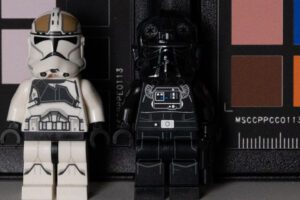
There is a bit of noise in these photos at ISO 6400, but it is still quite clean and looks more or less the same on the Z5 and Z6 II. Here’s ISO 12,800:

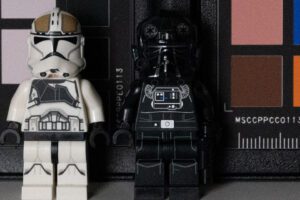
In the images above, we can see a slight benefit to the Z6 II, especially in the shadows. However, the differences are still pretty small. Here’s ISO 25,600:

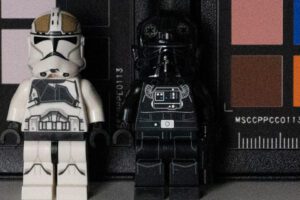
At this point, there is a lot of noise on both cameras, and we’re losing significant shadow detail. The Z6 II does look a bit better, though. Let’s bump up to ISO 51,200:

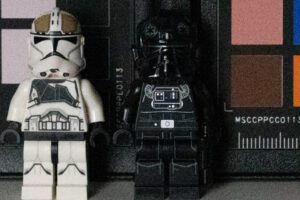
ISO 51,200 looks really bad on both, but the Z6 II is clearly cleaner than the Z5, especially in the shadow areas. Finally, here’s ISO 102,400:
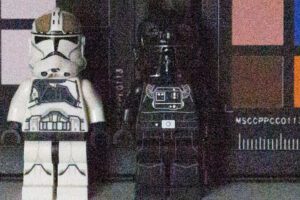
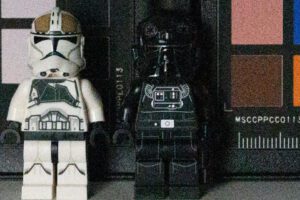
Such a high ISO is practically unusable on both cameras. However, the Z6 II does look much better by comparison.
Which One Should You Get?
This comparison is a classic example of the diminishing returns of more and more expensive camera gear. Yes, the Nikon Z6 II is better overall, but the Z5 holds its own and has a very good set of features overall. If you’re happy with 4.5 FPS and a slightly older camera sensor, you can save quite a bit of money (or put it toward better lenses) and get the Nikon Z5 without missing much.
That’s especially true if you find the Nikon Z5 when it’s on sale for $1000. It’s a good value even at the original price of $1400, but Nikon has been heavily discounting the Z5 in an effort to get people to switch to the Z system. At $1000 for a full-frame camera with very few flaws, it’s perhaps the best value of any camera on the market today.
So, what’s the verdict? For landscape and travel photographers, I would go with the Nikon Z5 and put the extra money toward lenses (maybe the amazing Z 20mm f/1.8 S). You’ll miss out on the extended 900 second shutter speeds, and you won’t be able to autofocus in conditions that are quite as dark, but I don’t think most photographers will find those benefits to be worth the difference in price.
For videographers, I’d jump up to the Z6 II thanks to its slow-motion 4K video, smaller 4K crop, and eye AF in video mode. These are substantial improvements that are worth paying a bit more to get.
For portrait and event photographers, it’s 50/50. I suppose I lean toward the Z5 so that you can get an extra lens (such as the Z 50mm f/1.8 S or Z 85mm f/1.8 S). However, you might prefer to spend more on the Z6 II to get slightly better high ISO performance, eye AF in wide-area mode, and 14 FPS shooting. It depends a bit on the type of events or portraits that you take. For more static, studio work, I don’t think the Z6 II’s benefits are worth the money; for faster-paced shoots, they might be.
For sports and wildlife photographers, neither camera is perfect, but the Z6 II definitely has the advantage thanks to its maximum of 14 FPS shooting. By comparison, the Z5’s 4.5 FPS shooting – though perfectly capable of capturing the right moment – isn’t nearly as impressive. Between the two, I’d recommend the Z6 II if you plan to photograph a lot of fast-moving action (though you may consider other cameras on the market instead, like the Nikon D500).
Overall, though, you can’t go wrong either way. The Nikon Z5 and Nikon Z6 II are both fantastic cameras, and they’re also two of the best values on the entire photography market today. If you remain on the fence after this whole comparison article, rest assured that you could flip a coin and still be guaranteed of getting a good camera.

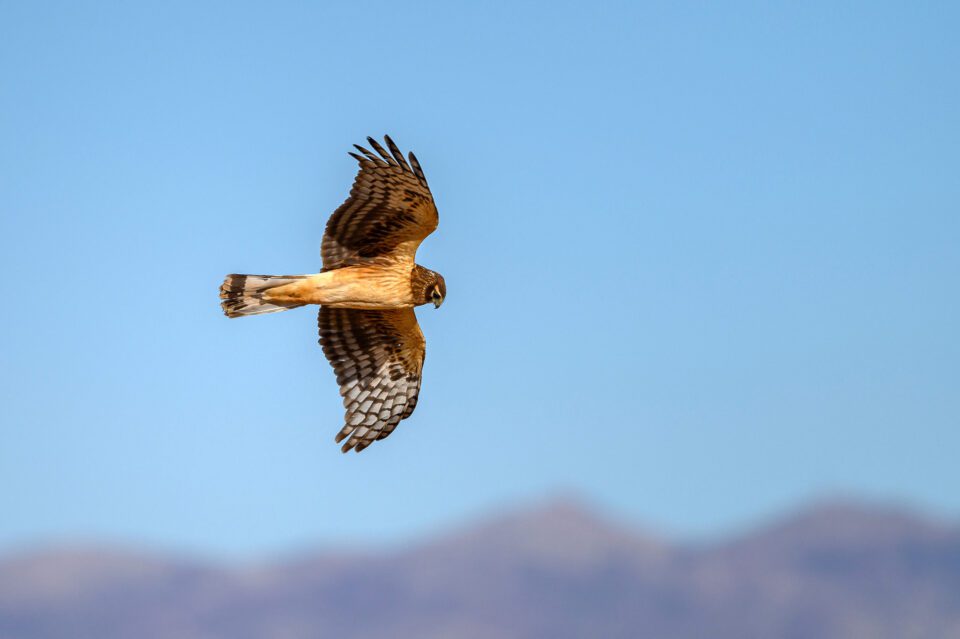
If you want to read more about the Nikon Z5 and Nikon Z6 II, you should check out the following articles:
I hope you found this comparison useful! Feel free to leave any questions, comments, and impressions below.